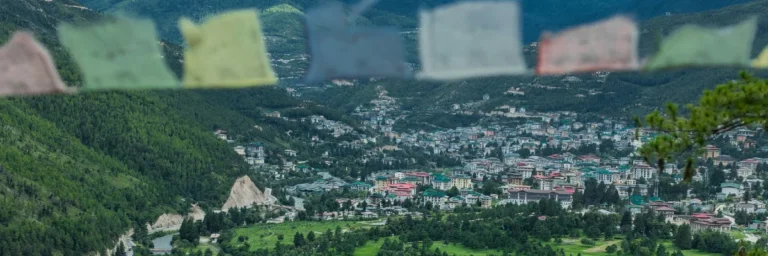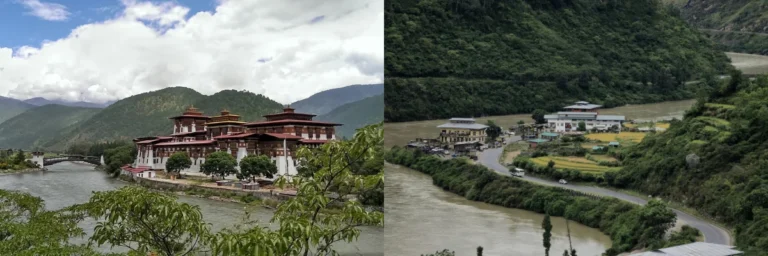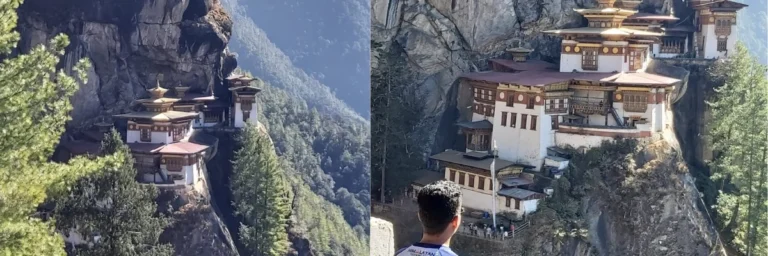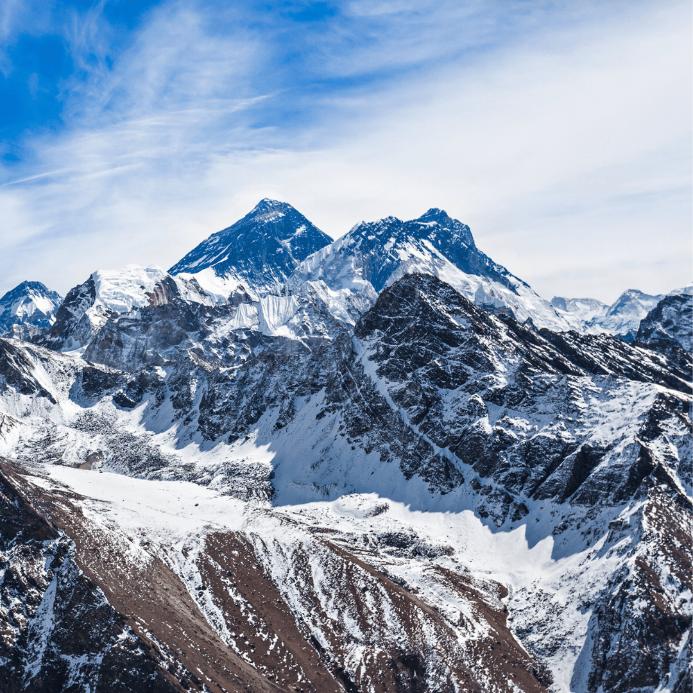
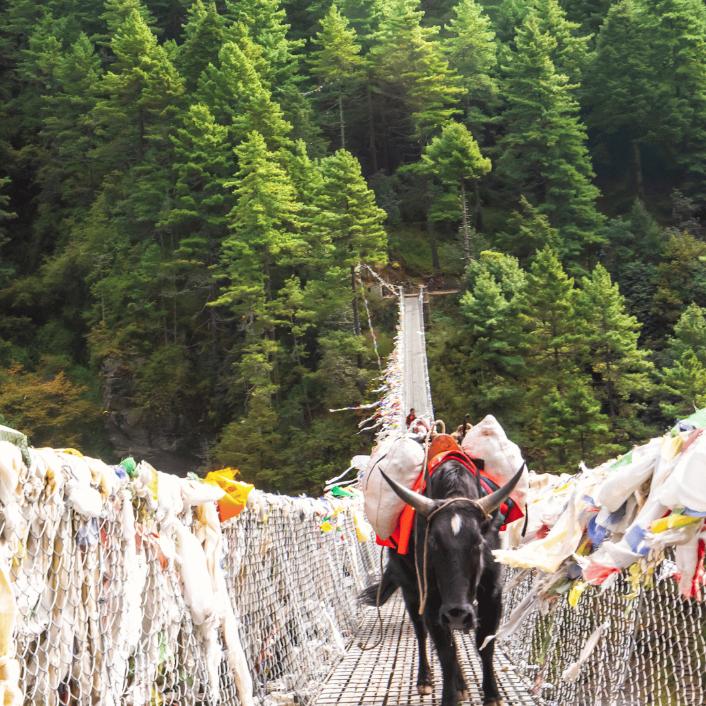
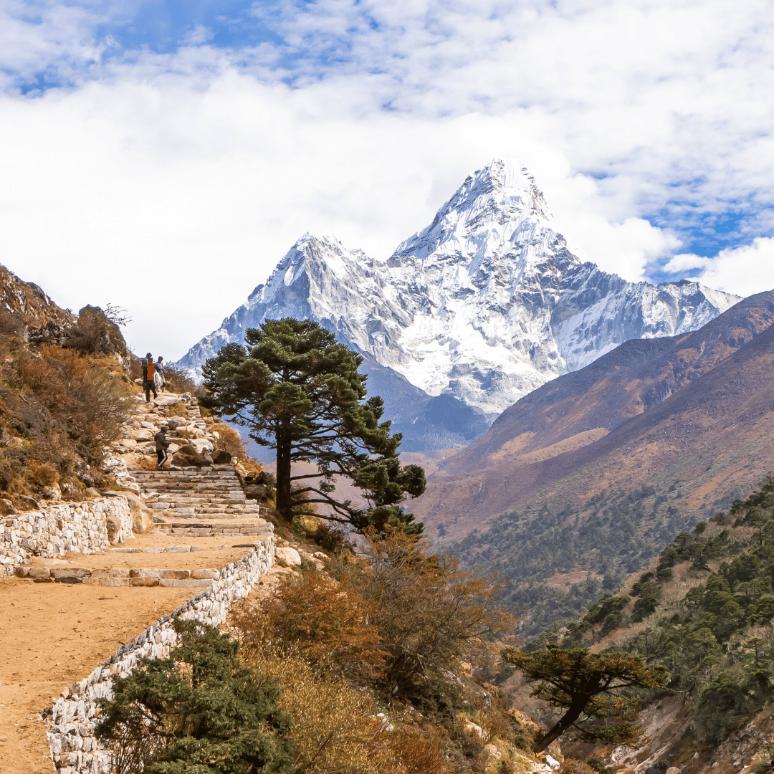
To get the detailed Everest Base Camp Trek Tips, we present to you this comprehensive blog on it. The Everest Base Camp trek in 2024 is a dream trek for many adventurers. Standing at the base of the world’s tallest mountain that too surrounded by the majestic Himalayas, is an experience that will undoubtedly make you fall in love with this place and the adventure too. To make sure that your journey is as rewarding as it is challenging, careful planning is very important.
This popular trek gives out more than just beautiful views in the first place. It is a chance to understand the cultural aspect of the place and know Sherpa people better. Their hard work trait, and deep-rooted connection to the mountains are truly inspiring. As you trek to this Khumbu region, you will discover a very different world of wonder.
To make the most of your Everest Base Camp Trek in 2024, we have compiled Everest Base Camp Trek Tips expert advice that will guide you through every step of your journey. From essential gear and acclimatization tips to cultural insights and environmental responsibility, we have got you covered.
Let us help you turn your dream into the best reality.
Table of Contents
Preparation and Planning as Everest Base Camp Trek Tips
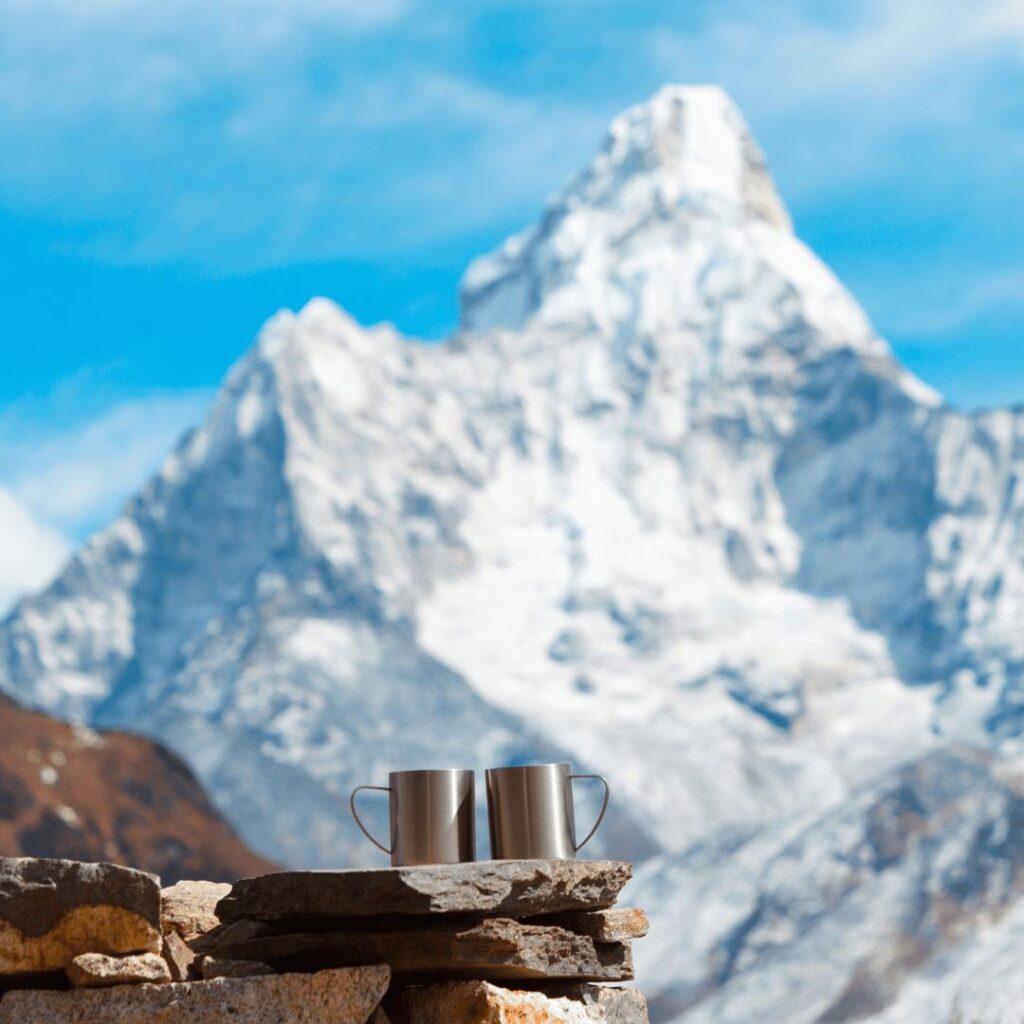
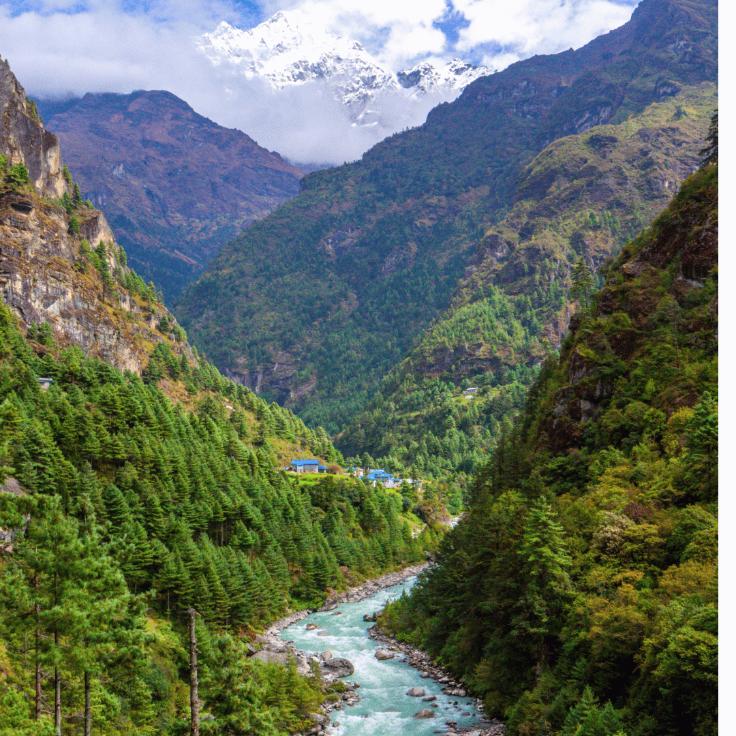
Research and Choose the Right Trekking Agency
Selecting a reputable trekking agency is very important for a successful trek. It is one of the main thing when it comes to Everest Base Camp Trek Tips. Make sure that the agency is registered under the Nepal Government. Make sure to also check for the positive reviews on the internet and whether they offer experienced guides or not. Agencies provide various packages, so choose carefully the one that fits your budget and preferences.
Understand the Trekking Route
The classic route to Everest Base Camp trek formally begins from Lukla, following trails through Namche Bazaar, Tengboche, Dingboche, Lobuche, Gorak Shep, and finally reaching the base camp. Familiarize yourself with the route and also the daily itinerary to mentally prepare for the journey.
Physical Fitness and Training
The trek to Everest Base Camp requires a good level of physical fitness. So, before starting Everest, start your training at least 3 months in advance. It is advised to be focusing on cardio exercises, strength training, and hiking. Gradually increase the intensity and duration of your workouts to build the required endurance.
Acclimatization
Altitude sickness is a significant concern on this trek. Plan for acclimatization days in Namche Bazaar and Dingboche. This shall help allow your body to adjust to the high altitude. Drink plenty of water to avoid potential dehydration. Also avoid alcohol, and listen to your body. Consider taking meds to prevent altitude sickness, but consult your doctor first. This is also one of the main Everest Base Camp Trek Tips.
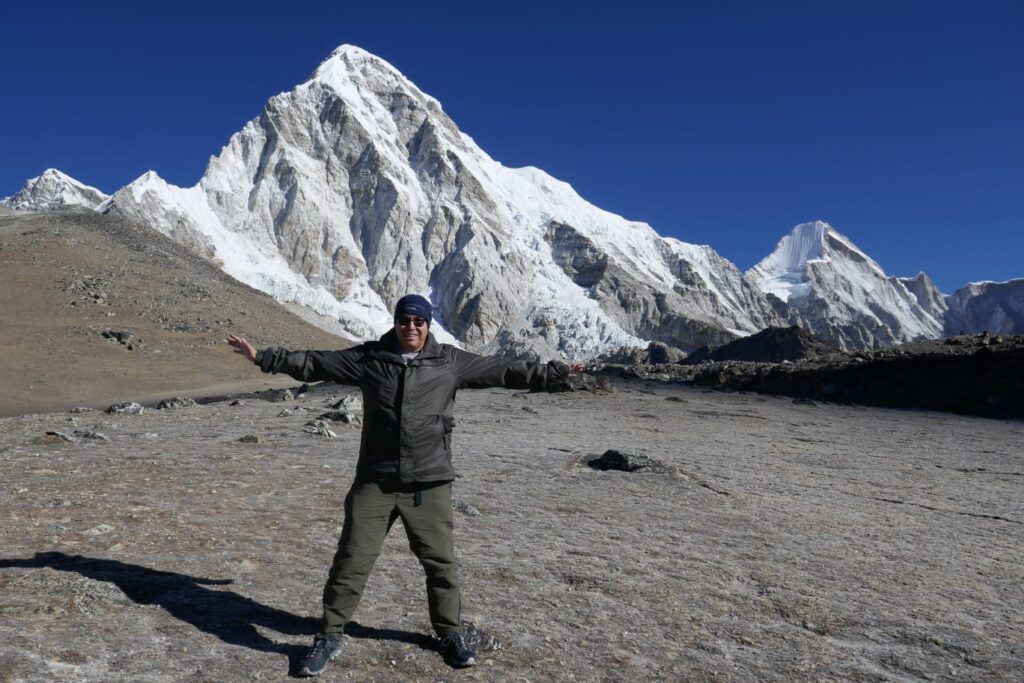
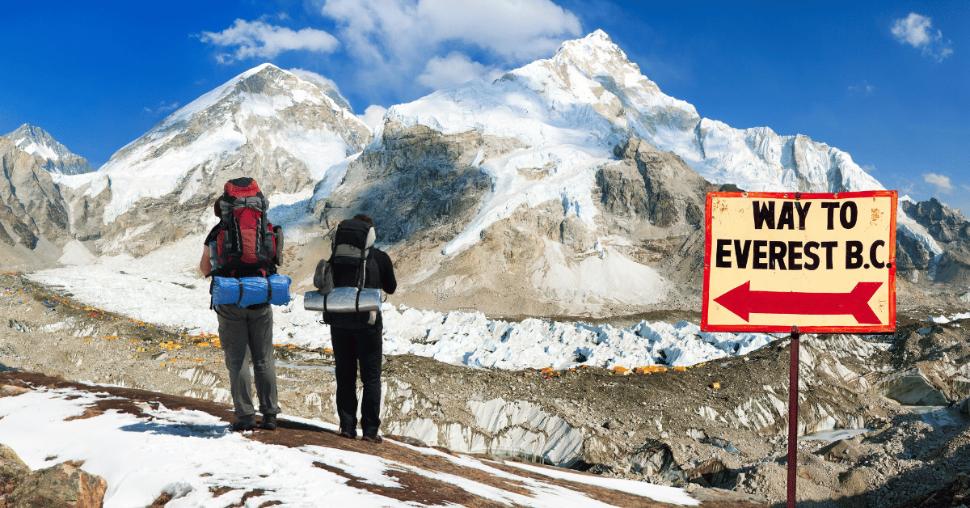
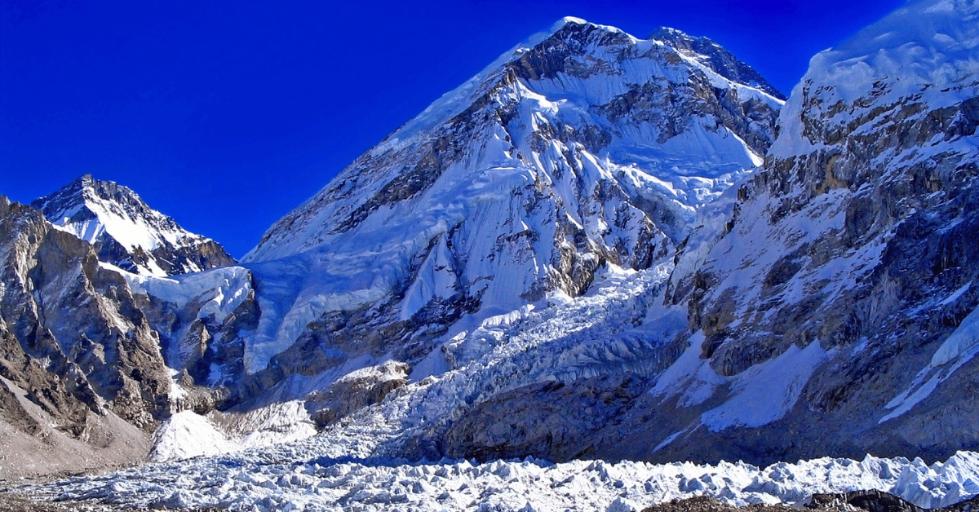

Packing Essentials as Everest Base Camp Trek Tips.
Clothing
Layering is actually the key to staying comfortable on the trek. Pack moisture-wicking base layers, insulating mid-layers, and waterproof outer layers. Essential clothing items include:
- Trekking boots: Ensure they are broken in before the trek.
- Warm socks: Bring multiple pairs.
- Down jacket: For cold nights and high altitudes.
- Thermal underwear: For added warmth.
- Trekking pants: Lightweight and quick-drying.
- Gloves, hat, and scarf: To protect against the cold.
Gear
Invest in good and high-quality gear to make sure of your trekking experience. Important gear as one of the main Everest Base Camp Trek tips includes:
- Backpack: 40-50 liters capacity with a rain cover.
- Sleeping bag: Rated for -10°C or lower.
- Trekking poles: To support your knees and balance.
- Headlamp: With extra batteries.
- Water bottles and purification tablets: Stay hydrated with clean water.
- First aid kit: Include bandages, antiseptics, and personal medications.
- Sunglasses and sunscreen: Protect against UV rays.
Personal Items
Bring personal items to make sure of the comfort and convenience during the trek to the Everest Base Camp:
- Snacks: Energy bars, nuts, and chocolates for quick energy boosts.
- Toiletries: Biodegradable soap, wet wipes, and toilet paper.
- Cash: ATMs are scarce; carry enough cash for the trek.
- Documents: Passport, trekking permits, and travel insurance.

On the Trail of Everest Base Camp Trek in 2024
Pace Yourself
Trekking at high altitudes requires a slow and steady pace. Please kindly avoid rushing at all. Also, take regular breaks. Listen to your guide’s advice and maintain a comfortable walking speed.
Stay Hydrated and Eat Well
Proper hydration is again very important to prevent altitude sickness. Drink at least 3-4 liters of water daily. Consume a balanced diet with carbohydrates, proteins, and fats to maintain the energy levels which is needed for the trek. Tea houses along the trail shall offer a variety of meals, including traditional Nepalese dishes and Western cuisine.So, make sure you eat well and get the energy the body requires.
Respect Local Culture
The Everest region is home to the Sherpa people. The Sherpas have a very rich cultural heritage. Show respect by following local customs, such as greeting with “Namaste ” and dressing modestly. Kindly seek permission before taking photographs of people or their homes.
Environmental Responsibility
Preserve the beauty of the Everest region by practicing Leave No Trace principles. Carry all your trash along with you. Please avoid using single-use plastics. Support local conservation efforts and be mindful of your environmental impact.
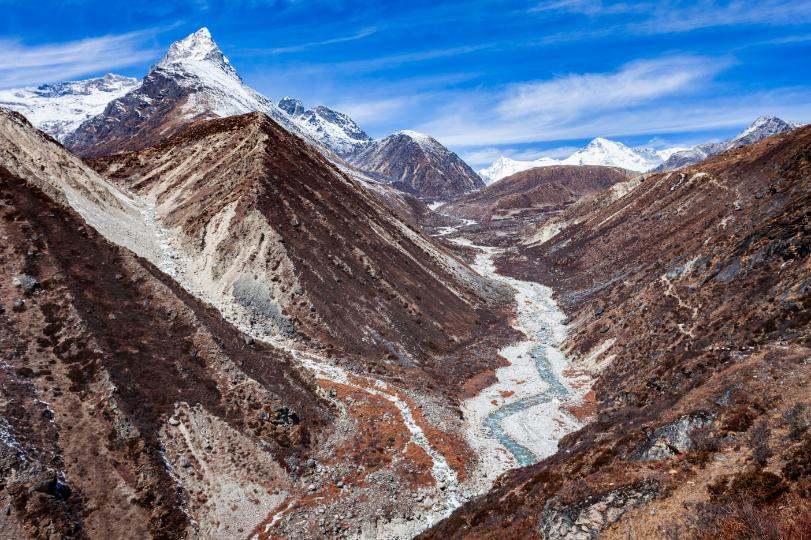
Health and Safety for Everest Base Camp Trek in 2024
Altitude Sickness Awareness
Be aware of the symptoms of altitude sickness, such as headaches, dizziness, and nausea. If you experience any such symptoms, please kindly inform the guide. Descend immediately and seek medical attention. Always communicate openly with your guide about how you are feeling throughout the journey.
Emergency Preparedness
In case of emergencies, your trekking agency should have a well-defined evacuation plan. Familiarize yourself with the procedures and also please kindly make sure of your travel insurance whether it covers high-altitude trekking and emergency evacuation or not.
Stay Informed
Keep updated with weather forecasts. Also keep informed about the trail conditions. The weather in the Himalayas can be really unpredictable, so be prepared for sudden changes. Follow your guide’s instructions thoroughly and stay informed about any potential hazards.

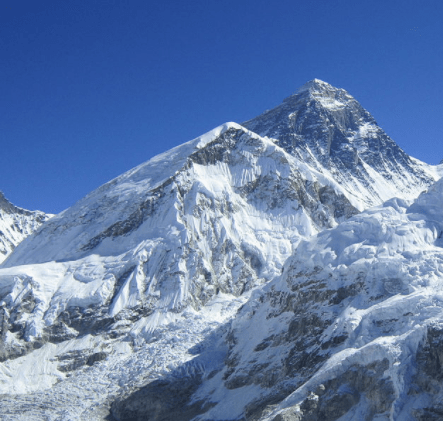
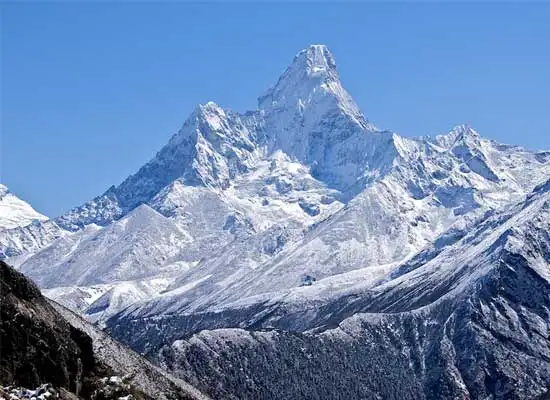
Post-Trek Tips of Everest Base Camp Trek in 2024
Rest and Recuperate
After completing the trek, give yourself time to rest and recuperate. Spend a few days in Kathmandu to explore the city’s cultural sites before heading back home.
Share Your Experience
Document your journey with photos and videos. Share your experiences on social media or write a blog to inspire others to take on the Everest Base Camp Trek. Your insights and tips can be really valuable to future trekkers.
By following these detailed tips, you will be well-prepared for the Everest Base Camp Trek in 2024. Welcome the adventure, respect the local culture, and cherish the memories you create along the way.
Frequently Asked Questions about the Everest Base Camp Trek
You may also like:
Send an Enquiry
Error: Contact form not found.
© 2025 - Himalayan Trekking and Tours (P) Ltd. All Rights Reserved.


